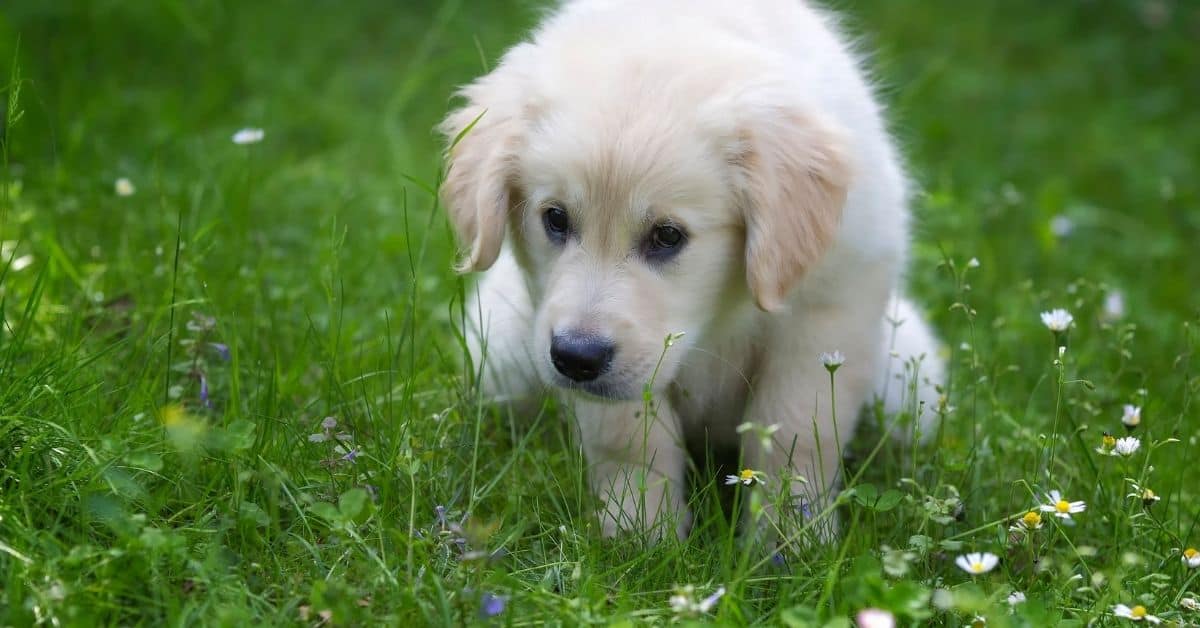One of the most annoying aspects of owning a dog is potty training.
The good news is that potty training doesn’t have to be as challenging as you might think if you have a good plan and some advice.
This article will teach you how to potty train a dog, advise how to set realistic expectations for your new puppy, and shows you how to get your four-legged friend successfully potty trained.
It is not essential to do only one step, for example, the crate training, which we will describe later, but all things must be coordinated.
That’s why we’re sharing with you the essential things you need to potty train as quickly as possible for your dog (and you).
Let’s start with the basic things you need to do if you want to potty train a puppy.
Most Important: Right Scheduling
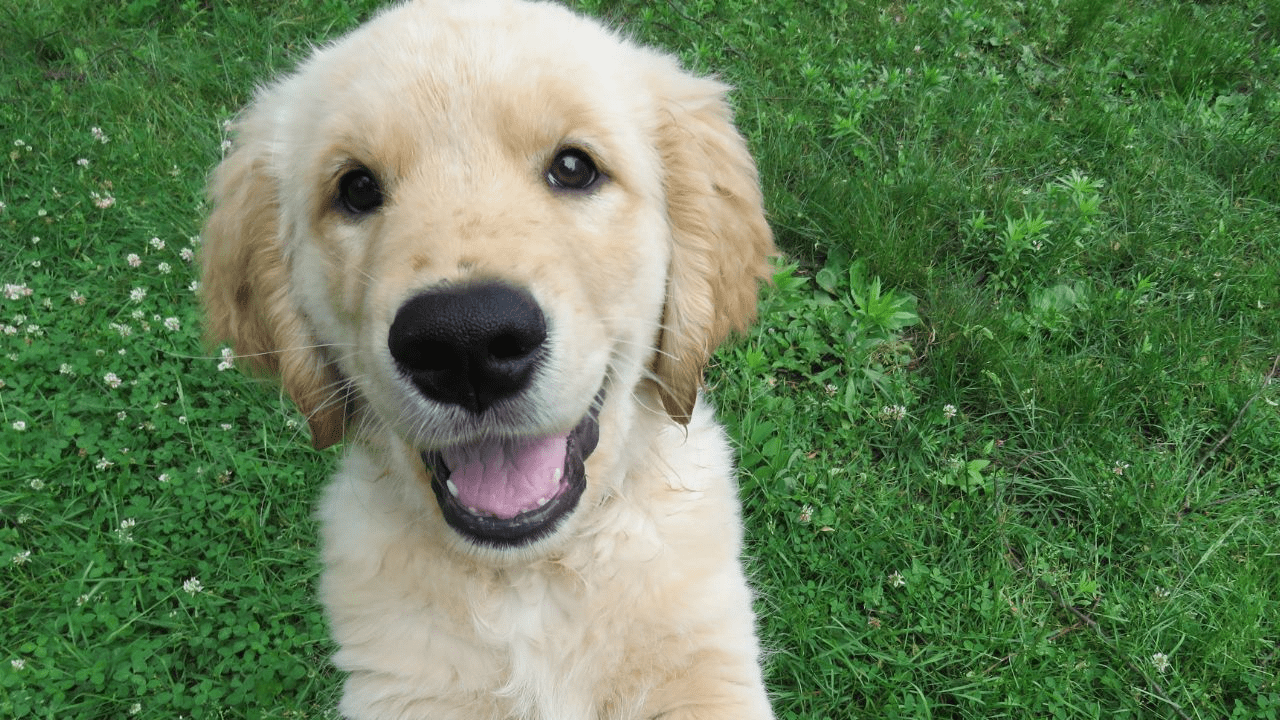
Creating a schedule that you and your dog can adhere to should be your first step when getting a dog and starting with house training.
It will be more likely that your pet will eliminate the food if you feed them at the exact times every day.
Those are constant intervals that help both of you and make potty training simpler.
Additionally, bear in mind that healthy dogs typically urinate after eating.
That is due to a dog’s colon and stomach being connected by nerves.
The colon receives a signal when the animal’s stomach is full.
Dogs typically poop 15 minutes after eating, according to this.
So creating a routine for eating and bathroom breaks can help prevent confusion and mishaps in your home.
Additionally, remember that kibble or dry food typically takes between 10 and 12 hours to pass through a dog’s digestive system as you plan your feeding strategy.
Most veterinarians concur the following feeding schedule: feeding your dog in the morning when you both wake up and again between eight and twelve hours later is the best practice.
Take Your Puppy Outside Frequently
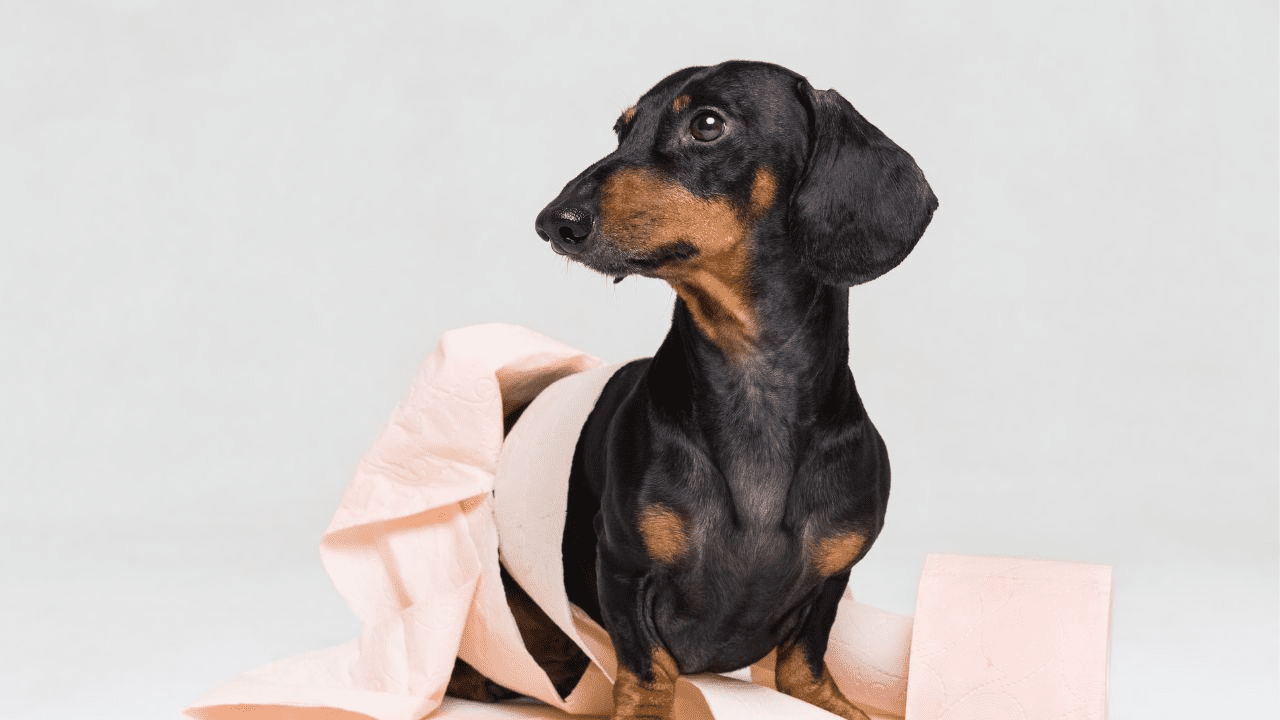
That means do potty breaks at least once every two hours—as well as when they first wake up, while they’re playing, during and after that, and after they consume anything.
Choose a spot outside where your puppy can relieve himself, and bring your dog there every time (on a leash).
Use a specific word or phrase that you can eventually use before your puppy goes to the bathroom to remind them what to do while they are going.
You should take them for a lengthier stroll or some playtime after they have gone potty.
Reward With Treats
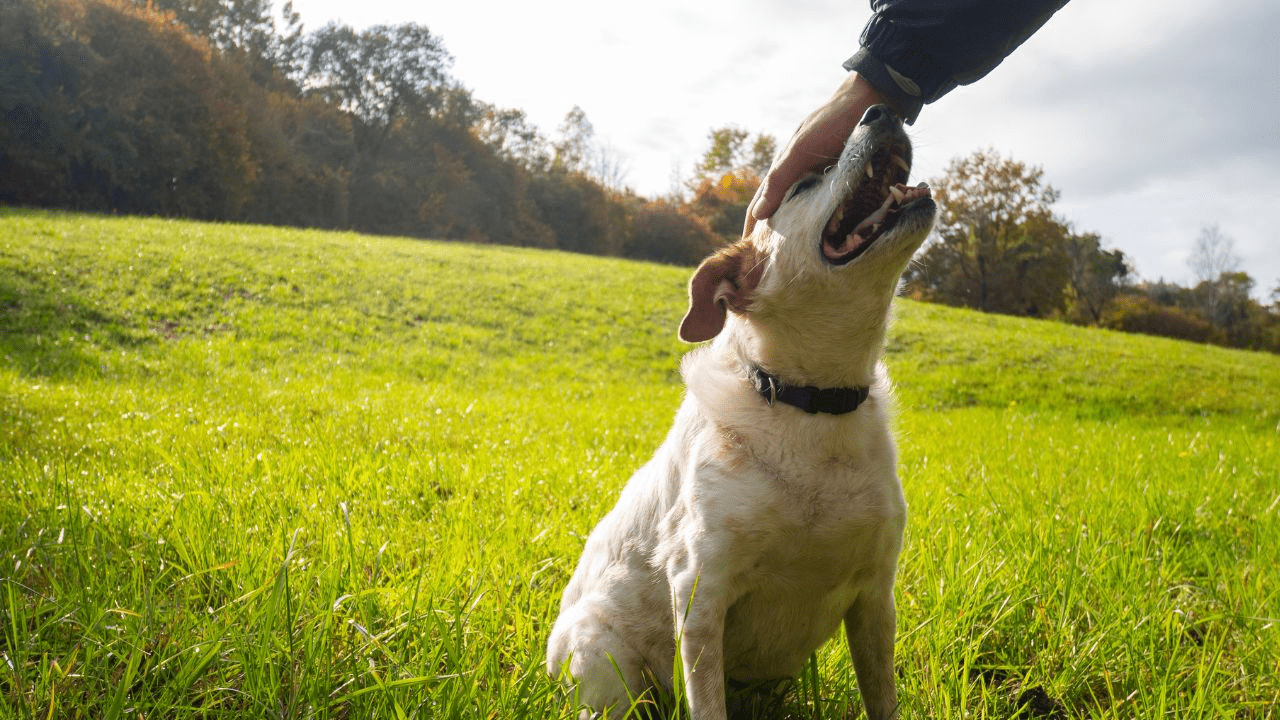
Treats or praise should be given immediately after they finish, not when they go back inside.
This step is crucial because the only way to teach your dog what is expected of them is to immediately reward them for going outside.
Make sure they’re done before awarding.
Because they are easily distracted, puppies might forget to finish if you praise them too soon.
Water Intake
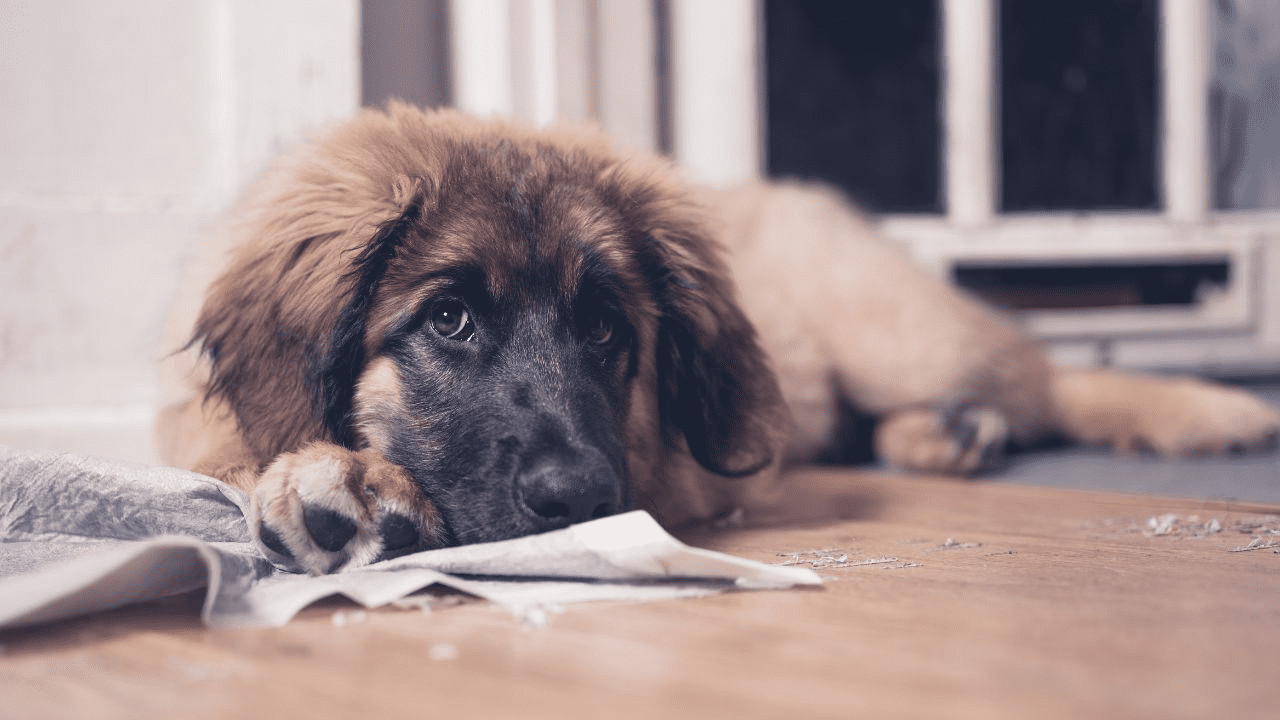
The amount of water a dog consumes is another crucial factor in potty training.
That you as the dog owner can sleep in peace, the water bowl should ideally be taken out at night.
We recommend as a general rule, emptying the food and water bowl two to three hours before bedtime.
Therefore, for example, if your lights-out time is 10:00 PM, your dog shouldn’t have food or water after 7:00 PM.
That gives you time to take your dog outside for one last bathroom break before turning it in for the night.
But be careful not to go too far by limiting your puppy’s access to water during the day.
Because they require more water than an adult dog, puppies are more likely to dehydrate.
The Right Food
Not only the feeding schedule is important when it comes to potty training a puppy, also the kind of food is a key factor.
To give your dog the best chance for success, avoid abruptly changing his or her food.
Your dog may experience diarrhea as a result of abrupt dietary changes.
A dog with a loose stool finds it challenging to hold it.
Every time you switch your dog’s food, you should gradually introduce the new diet to give your dog’s body time to get used to the change
Crate Train Your Puppy
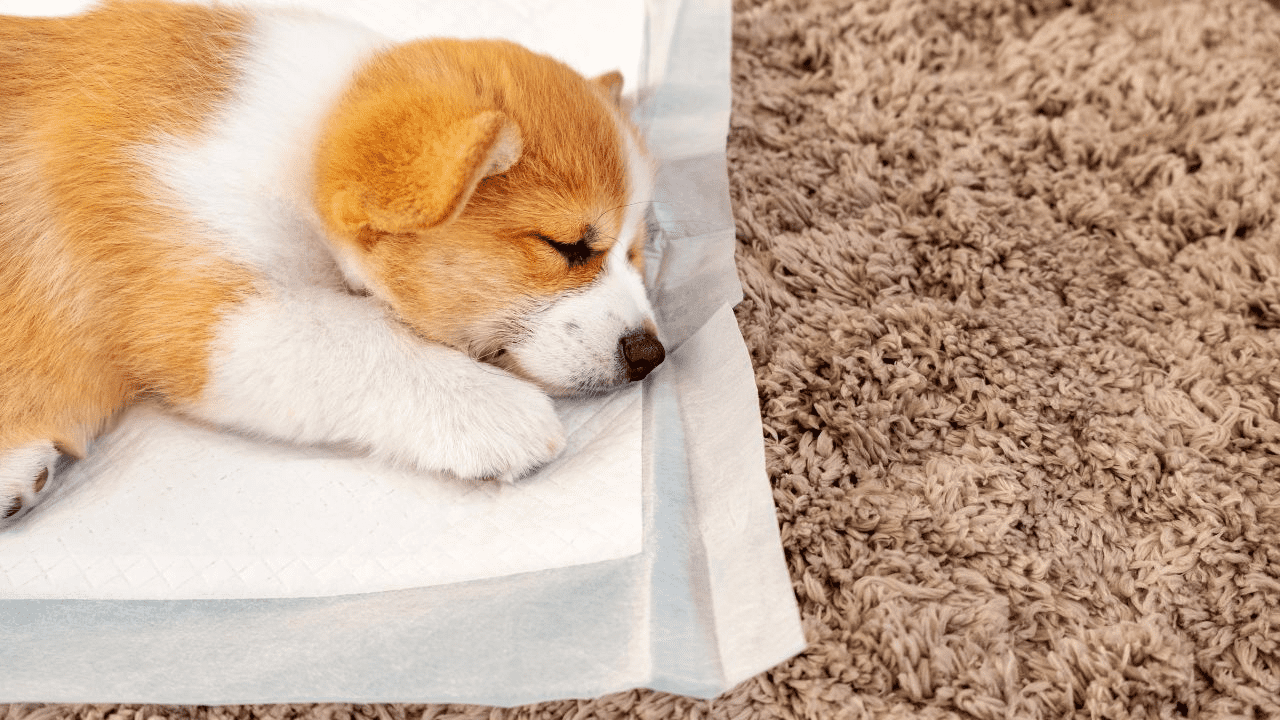
Putting your puppy in a crate and doing crate training may make you cringe, but utilizing a box is the most efficient way to potty train a dog.
Whether you give your pet a crate or not, it can provide them with a haven of their own when appropriately introduced as a happy and rewarding place.
And even better, they can be used as a storm shelter and for travel safety.
Dogs are spotless animals, so using a crate for housetraining is sound.
They dislike having a urine-stained rug in their living areas just as much as you do.
Therefore, if possible, your dog won’t have an accident in its crate.
They will naturally use the opportunity to relieve themselves when you let them out of their crate to go outside.
The dog will scratch or whine to let you know if they have an urge.
They use that as their cue to urinate.
Be quick; do not wait.
The key to successful potty training is constant supervision.
If you allow your pet to run amok in their crate, they’ll believe it’s acceptable to wreck their home.
Then they’ll scatter tiny packages near your home as well.
Unnecessary home accidents can be avoided if your puppy learns the cues or signals that indicate when your dog needs to go outside.
Most dogs will signal that they need to go outside by sniffing with the dog’s nose, making circles, wandering off, or sitting by the door – male dogs, as well as females, do it.
Don’t disregard any of these indications if you see them.
It’s also crucial to remember that the crate needs to be the ideal size—just big enough for the dog to sit, lie down, and turn around.
If it’s too big, the dog will feel free to relieve himself in one corner and then move away from the mess contentedly.
Understand When Your Puppy Needs to Go Outside
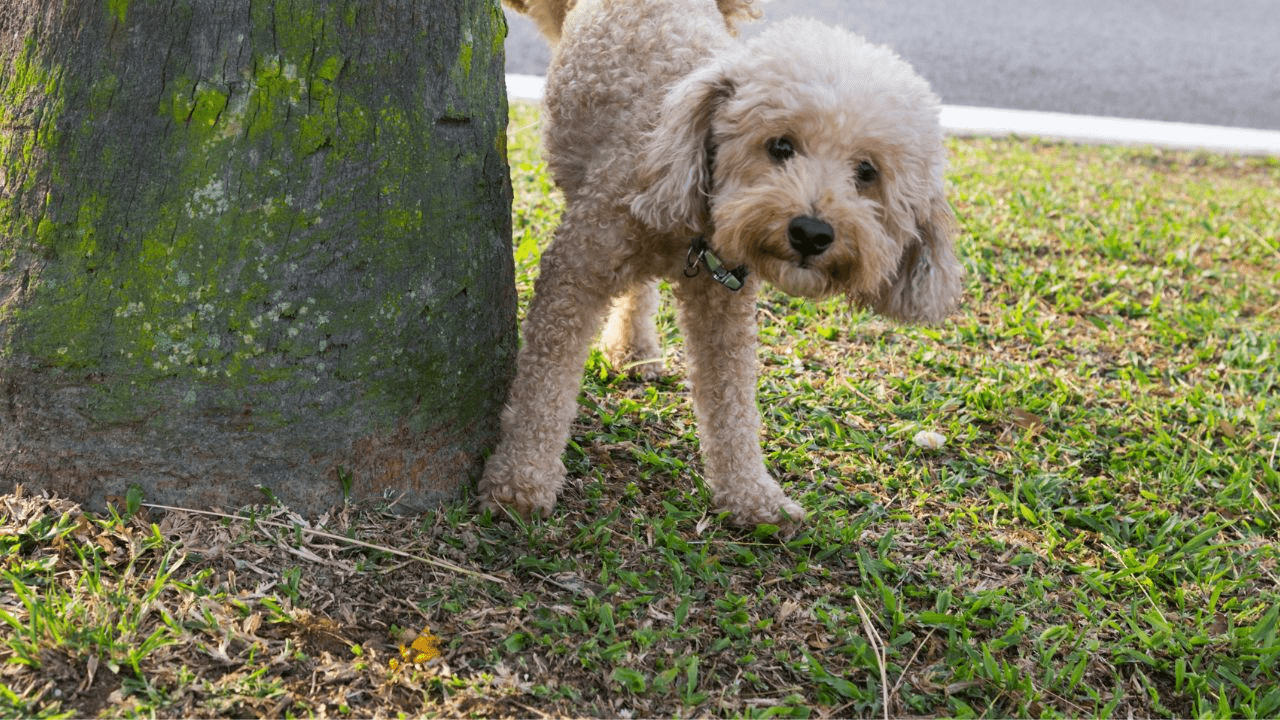
Now that we’ve discussed potty training your dog with a cage, let’s look at why dogs poop on walks so slowly and how you can hasten the process.
Dogs don’t just eliminate to relieve themselves when they do so.
Additionally, they are doing it to scatter some information on the ground.
To warn other animals to stay away, they leave scent marks on their territory’s borders.
It’s an innate behavior that wolves exhibit as well.
Your dog is attempting to mark their territory by urinating for a very long time.
Another possible explanation for your dog’s prolonged poop time is stress or anxiety.
Remember not to lose your temper when getting your dog to poop more quickly.
When you are upset or frustrated, your dog can sense it, making them feel stressed and anxious.
That hampers their ability to conduct business.
Even worse, it might lead to future problems in house training and with potty breaks.
Considering that your dog will associate going on potty walks with stress, keep in mind that dogs have preferred surfaces.
Pooping on grass is favored by some puppies over glossy or muddy surfaces.
Try taking your dog for exercise or a long walk if they take a while to get going.
Exercise hastens the passage of food through the enormous intestine.
Even a gentle belly rub in a clockwise direction will do.
That will rev up their digestive system and get things moving.
Also, take your dog to a specific, unobtrusive bathroom location.
Your dog won’t need as much time to decide where to sit in the bathroom because it is a familiar setting, and there are fewer distractions.
Try Commands
Waiting for your dog to go potty while you’re outside in the middle of a storm is not a thing you want and therefore, you can expand the house training and use commands.
You can, and it’s much simpler than you might imagine, teach your dog to go out on command.
Here’s how to potty train a puppy on commands:
When your dog will probably need to go potty, such as after eating or when they haven’t been outside recently, take them for a walk.
When your dog squats and starts to go, say whatever you decide your command will be.
You’ve caught your dog right as they’re starting to relieve themselves, and you are simply labeling the behavior, praising them, and giving them a treat.
Repeat this pattern and command for several days so your dog will begin to make the connection between the power and the action of going to the bathroom.
After a few days, the dog will hold onto his toilet to spend it on command in return for a tree and teach them two different cues for going pee and poo as they are two other actions.
Say whatever your chosen command will be as soon as your dog squats and begins to move.
Just label the behavior, praise your dog, and reward them with a treat because you caught your dog as they were about to urinate.
For several days, keep repeating this pattern and command to help your dog establish a link between the instruction and the action of using the restroom.
After a few days, the dog will hold onto his toilet until told to use it in exchange for a tree.
Be sure to teach them two distinct cues for going potty and peeing because they are unique.
Remember that even if you have taught your dog a trick, dogs still require physical care.
It doesn’t follow that they can immediately eliminate just because you want them to.
Dogs frequently need a brief stroll before their bodies are prepared to leave.
Going to the bathroom is a request, not an immediate order.
Always Use Positive Reinforcement
The secret to potty training success is positive reinforcement.
Your puppy will learn that using the restroom outside is rewarded through positive reinforcement.
Give your puppy a treat, verbal praise, or their favorite toy right away after each time they go potty outside.
The reward should come immediately after the event for your puppy to form a positive association with going potty out.
Be Patient – Mistakes Happen
Finally, keep in mind that potty accidents are totally normal and are part of puppy potty training and house training.
A few domestic mishaps are common during house training.
In the event of a bathroom mishap, thoroughly clean the affected area.
Your dog will continue soiling places that smell like you because it has a very keen nose.
Additionally, if you ever notice your dog urinating inside the house, gently stop them and take them outside to finish.
Your dog may be experiencing separation anxiety if they only have accidents when you’re not home.
The same is true for accidents on the toilet.
A family member’s passing sets off a thunderstorm of emotions.
A dog may experience extreme stress from loud parties, extended periods of solitude, or a new house.
You may have heard conflicting recommendations for housebreaking a puppy.
What you should not do is as follows.
Biggest Mistakes
Just Using Puppy Pads / Potty Pads
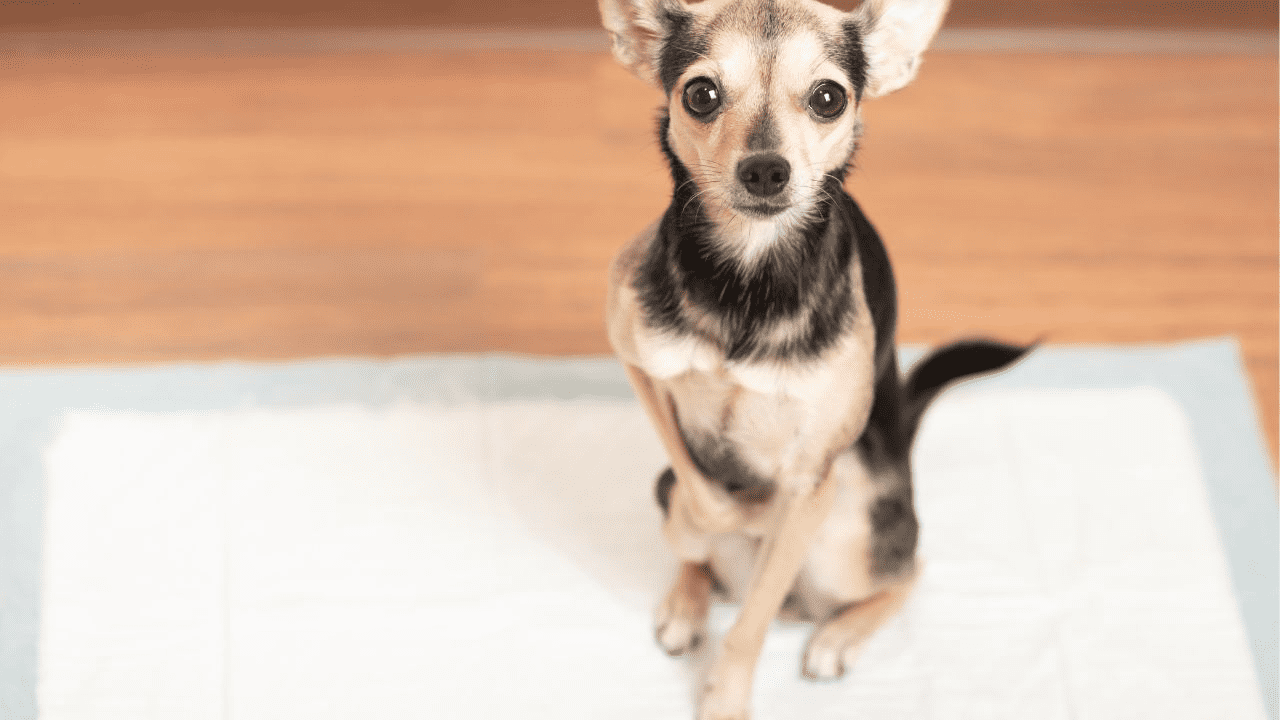
Unless you have a unique circumstance, like living in a high-rise apartment or having limited mobility, puppy pee pads shouldn’t be used as a substitute for going outside for a potty break.
Puppy confusion about where to relieve themselves can result from letting them use potty pads indoors.
If possible, avoiding this will help the potty training process go more quickly.
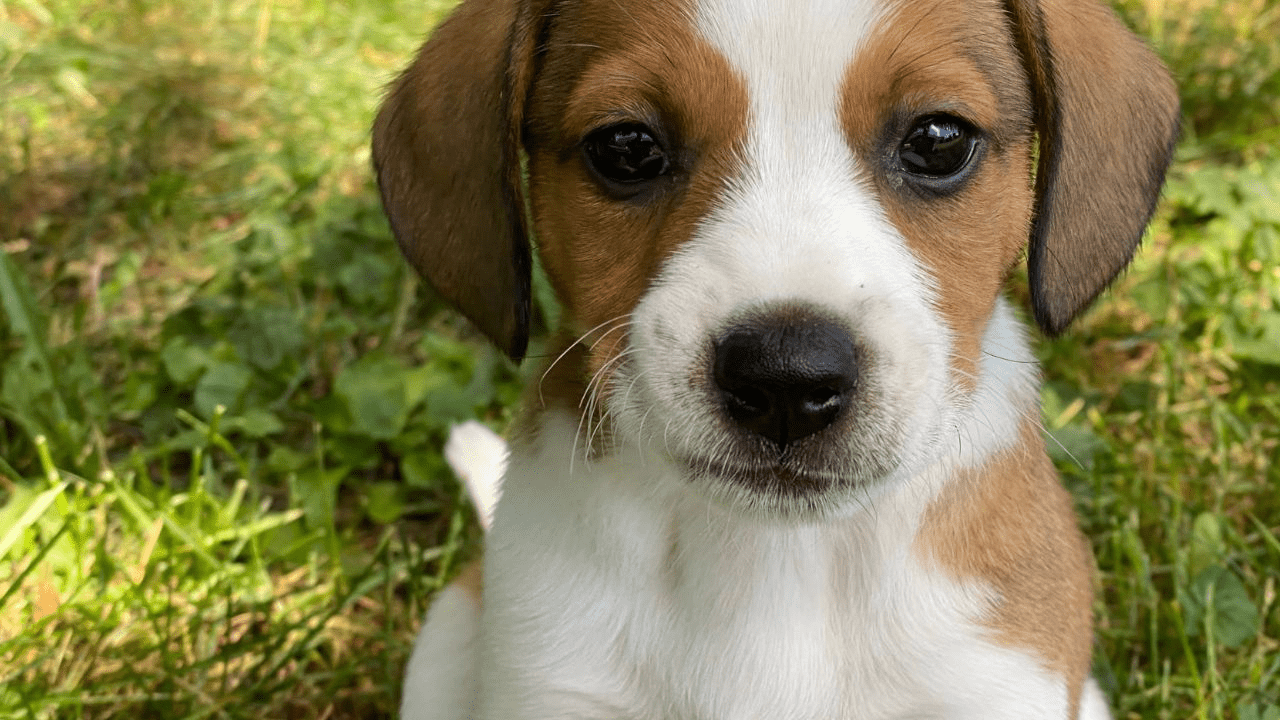
Punishment Is Used Rather Than Positive Reaction
Punishment is never a good or effective training method.
Ineffective “training methods” once advocated “teaching them a lesson” by hitting a dog with a newspaper or rubbing their face in waste.
These actions are not connected to wrongdoing in the eyes of dogs.
On the other hand, punishment instills in your puppy a fear of their owners or other people who attempt to discipline them.
Keep in mind that potty training requires kindness and patience.
Non-adherence To A Schedule
Your puppy may become confused if you don’t stick to a regular feeding and potty break schedule, which increases the likelihood of accidents happening inside.
A puppy comes with a lot of responsibility, so it is up to the pet parents to follow the schedule and watch over their dog as they would a child all the time.
The more outdoor excursions, the better.
Your puppy will become potty trained faster the more frequently you let them successfully eliminate outside.
Before You Go…
Now you know how to train a puppy not to bite.
If you want to learn more, read the following articles too!

